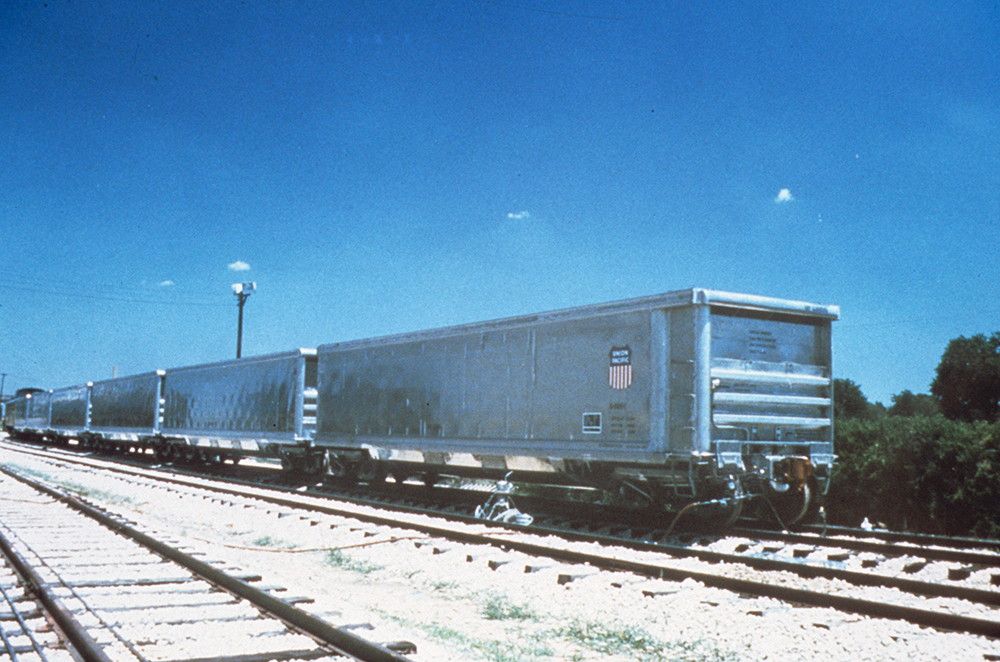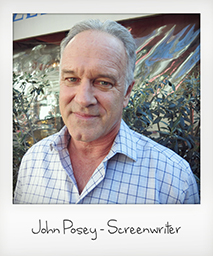"There is so much (that is) recyclable out there. It's crazy," said Lee Carter, looking out from the mountain of trash he is standing on. The ground underneath us feels shaky because of the heavy bulldozers moving around.
Carter is operations supervisor at Simi Valley Landfill in Los Angeles County, operated by Waste Management Inc. He has been working at the landfill the last 25 years and has seen more trucks than any small kid could possible dream of. Up to 500 full-size trucks come and go everyday, to unload tons and tons of trash from all over LA."Think about, if of all that wasn't in there, how much trash we would have. Hardly anything," Carter said.
Of the 12 million tons that LA residents produce annually, as estimated in UCLA's Zero Waste Progress Report, about a quarter of that ends up in landfills. About 76 percent gets recycled or reused, which makes Los Angeles Number One in recycling among the ten largest cities in the United States.
And that is big progress. In 1990, just one-fifth of the garbage was recycled, according to data from the Los Angeles Bureau of Sanitation.
While many European countries in the late 90's introduced bans on putting different types of waste to landfills, like biodegradable or combustible waste, the U.S still relies on them heavily. LA is no different. This is because landfills are relatively cheap in America compared to Europe where land is scarcer.
However, the city is rapidly running out of landfill space, and it is becoming increasingly difficult to find sites for new local landfills. The only alternative left is to send the trash by train to faraway landfills in the desert. This was the idea behind a $430 million-dollar project that Los Angeles County created back in 1991. But hauling the trash out to the desert is not a cheap solution, and the environmental consequences are questionable too, which is why the train plan has yet to be put in motion.

So far, LA's trash train is running nowhere. (Image courtesy of Nat Isaac, LA Bureau of Sanitation)
Meanwhile, LA has set ambitious garbage goals. Under the adopted RENEW LA Plan, by 2025, the city hopes to divert up to 90 percent of its trash from landfills. For now that plan is on track, but the ultimate goal of "zero waste" calls for new methods, said Eugene Tseng, a UCLA professor in recycling and waste management.
To reach a 90 percent diversion rate, the city will need to use advanced "waste-to-energy" technologies - or trash incineration - much more than it is doing today. There is just one problem. Incineration facilities have never been popular in America, and opposition is still strong.
"In the old days incinerators were not very well regulated, and people relate incinerators to smoke stacks, but that is so very different than what technology is today," said Tseng, one of the world's leading experts in waste management.
"There are a lot of people that are just inherently against incinerators, because they don't consider it recycling, in particular in California. But in the rest of the world incineration is actually considered a form of recycling."
Critics fear that using incineration could undermine efforts to reduce waste and increase recycling. Others suspect that burning trash will increase toxic emissions and worsen LA's already notorious bad air quality. Opposition or not, if the city wants to hit its "zero waste" goal, Tseng says some kind of incineration is inevitable. A lot of waste like soiled paper, Styrofoam and mixed materials like potato chips bags simply cannot be recycled or reused.
















